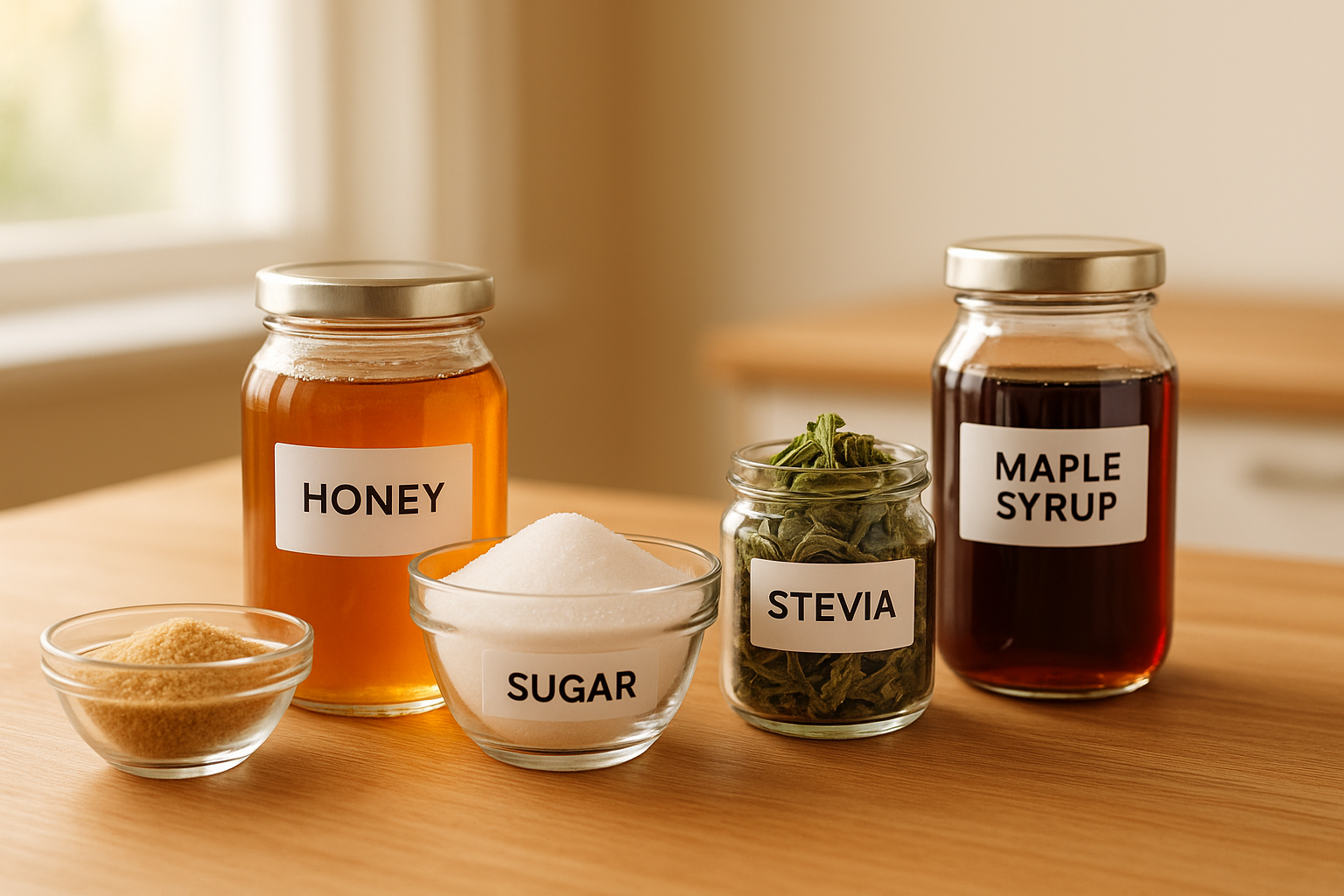Understanding Blood Sugar with a Glycemic Index Tool
Managing your diet for better health often starts with knowing how foods affect your body. A tool like our Glycemic Index Calculator can be incredibly useful for anyone looking to keep their energy levels stable or support conditions like diabetes. By simply entering a food name, you get instant insight into its potential impact on blood sugar, helping you make informed choices without the guesswork.
Why GI Matters for Your Health
The concept of glycemic index is straightforward but powerful. It ranks foods based on how fast they raise glucose levels in your bloodstream. Opting for items with a lower score can prevent sudden spikes and crashes, which is especially important for sustained energy throughout the day. Whether you’re planning meals or just curious about a snack, having access to this kind of data empowers you to prioritize foods that align with your wellness goals. Beyond individual choices, understanding these values can shift how you approach nutrition as a whole, fostering habits that benefit long-term health.
If you’re ready to take control of your diet, tools that break down complex info into actionable steps are a great place to start.
FAQs
What is the glycemic index, and why does it matter?
The glycemic index, or GI, measures how quickly a food raises blood sugar levels after you eat it. Foods with a high GI cause rapid spikes, which can leave you feeling tired or hungry soon after. Low GI foods, on the other hand, release energy slowly, helping you stay full and maintain steady energy. Knowing the GI of what you eat can be a game-changer if you’re watching your blood sugar or trying to avoid energy crashes.
How accurate is this GI Calculator?
Our tool pulls data from reliable sources like the University of Sydney’s GI database, which is widely respected in nutritional science. We’ve included over 50 common foods with verified values. That said, GI can vary slightly based on factors like ripeness or cooking methods. We aim to give you the most accurate baseline possible, but always consult a dietitian for personalized advice if you’re managing a health condition.
What if my food isn’t in the database?
No worries! If the exact food you’re looking for isn’t in our list, the tool will suggest a similar item or provide a general GI range for that food category. For example, if you type in a rare fruit, we might note that most fruits fall in the low to medium GI range. This way, you still get helpful guidance, even if we don’t have an exact match.


